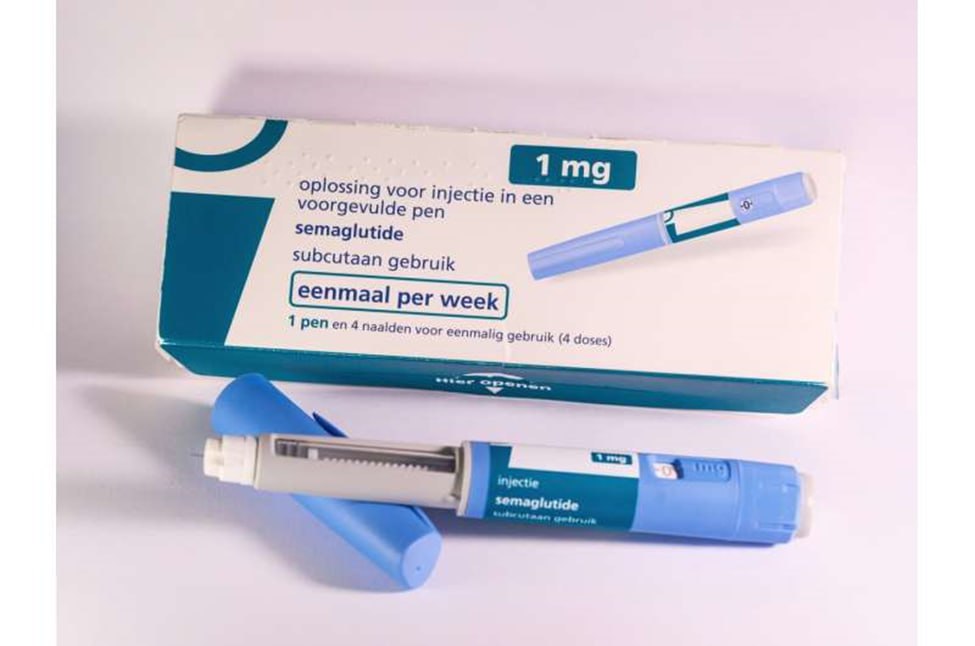A multicenter French study led by Rennes University Hospital reports potential benefits of glucagon-like peptide-1 receptor agonists for hidradenitis suppurativa (HS), with statistically significant reductions in HS-related scores at six months and at last follow-up.
HS is a chronic skin condition that causes painful lumps and lesions in areas like the armpits, groin, and buttocks. Skin inflammation causes hair follicles to get blocked and the nearby sweat glands become inflamed, causing the lesions. The majority of HS patients are overweight or have obesity.
Dysfunctional adipose tissue contributes to the pathophysiology by overproducing proinflammatory adipokines and cytokines, while reducing anti-inflammatory adiponectin. Weight loss, through diet or obesity surgery, has a beneficial effect on HS in most patients. Meaningful reductions remain a challenge.
Glucagon-like peptide-1 receptor agonists, originally developed for type 2 diabetes, have demonstrated major efficacy in inducing weight loss and could also possess anti-inflammatory properties, prompting investigation into their impact on HS.
In the study, “Glucagon-Like Peptide-1 Receptor Agonists in Hidradenitis Suppurativa,” published in JAMA Dermatology, researchers conducted a retrospective multicenter cohort study to assess the impact of GLP-1 receptor agonists on HS outcomes.
Among 66 patients with HS from 15 centers, median follow-up while taking GLP-1 receptor agonists was 18.5 months. Semaglutide was taken by 48 patients, dulaglutide by 13, and liraglutide by five. Adults with HS confirmed by a dermatologist who were receiving GLP-1 receptor agonists for three months or longer were included. Outcomes were assessed at initiation, six months, and discontinuation or last consultation.
The median age was 46.0 (37.5–54.0) years; 58% were women. The median BMI was 39.4 (32.9–45.0). Diabetes was present in 86%. Ongoing HS treatment at initiation occurred in 35 patients (53%), with antibiotic therapy 23, broad-spectrum antibiotics three, and biologic nine.
At six months, 54% of patients had a reduction in HS with 12% showing a 2-point or higher reduction based on the HS Physician’s Global Assessment scale. By last consultation, 62% observed reductions, with 32% at or above the 2-point scale with flare reductions in 67% of patients, and decreased pain in 60%.
Possible mechanisms for the results include a direct effect of weight loss and obesity-related low-grade systemic inflammation, an anti-inflammatory effect by lowering inflammatory cytokines and attenuating Toll-like receptor-mediated inflammation in response to bacteria, with potential promotion of skin healing by reducing matrix metalloproteinases.
The authors state that GLP-1 receptor agonists may offer promise for patients with HS and obesity and potentially for patients without obesity through immunological effects. Randomized clinical trials are needed to confirm the role of GLP-1 receptor agonists in HS management.






